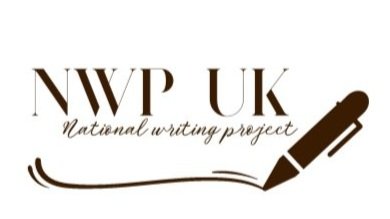The Lake District. 50 mph winds; clouds scud in packs; sunlight chases across the fellsides and disappears over the ridges; daffodils more jitterbug than gavotte. The speed of the wind brings downpours and quickly takes them off down the valley. White horses crest the lake.
I discover that whilst William Wordsworth had his daffodils dancing in the breeze, Dorothy, on the same occasion, records a storm: the ‘furious wind’ seizing her and William’s breath. Maybe today we walked in weather closer to those dancing daffodils than I thought.
As we walked, I listened to the fearsome roar of the woods. I thought about the difficulty of capturing the many small moments of the hillside path; the lichen: silvered, ochre, the palest green; the fells like nineteenth century etchings, grey and lowering; cushions of moss and the downward rush of water between rocks and squelch; the patterns forming and reforming across the lake as the wind blew this way and that and a scatter of martins, small, quick arcs riding the air above the water.
And, as I walked, I also thought about writing: how difficult it can be sometimes and what an essential part it can play in our lives. I thought about the barriers that schooling can place between the child and their writing selves; and about the ways in which we can open up to them writing in its many forms. We can restrict ourselves, and those we teach, by limiting our picture of what writing can be, what it can do. And yet, if we open ourselves up to thinking about words and drawings on paper, the possibilities seem endless.
I am always struck by how much children welcome the opportunity to freewrite, and how often I stop the flow of their writing too soon. Freewriting allows a personal exploration of what pen and paper and mind can do. It is a place of experimentation and discovery both in terms of thought and of style. It is the kind of writing that helps me find direction, even as it seems to wander. Over the years, it has loosened up the way I use notebooks and has helped me to develop ideas and to find ways of expressing those ideas.
I have begun reading The Notebook A History of Thinking on Paper by Roland Allen. Its contents span an unexpected variety of uses for writing. It reminds me of a wonderful exhibition at Kettle’s Yard Lines of Enquiry: Thinking Through Drawing which was an exhibition of the way thinkers in many fields use drawing as part of their work. The exhibition included drawings by archaeologists, astronomers, composers, geneticists, geologists, historians, physicists, surgeons, zoologists amongst many others.
Drawing and writing help us to think.
In describing Darwin’s use of notebooks, Allen explains how, on the voyage of the Beagle, his notebooks contained ‘whatever caught Darwin’s eye’, formal geological observations sitting alongside notes of expenditure, people met, routes taken. The historian, John van Whyle, describes them as ‘the worst’. ‘Not written at a desk, often in pencil, short lines, staccato notes, terrible handwriting, very faint, with arcane geological content.’ Over time, Darwin developed his use of notebooks. Once aboard ship, he wrote up his notes from trips ashore as coherent narrative. Later, he dedicated different notebooks to different intellectual functions, including those where he conducted a dialogue with himself, asking questions and pursuing his thoughts. On the page of his notebook where he drew his first evolutionary tree, Darwin wrote, ‘I think.’
Too often we think of writing as an end product, rather than as a part of a process of thought. I am wondering now about the ways in which we can encourage more fluid, speculative and adventurous kinds of writing in our classrooms.
What might that look like?

